|
| Moisture/Lift/Instability |
|
|
|
| 925 mb Temp Advection |
925 mb Frontogenesis |
|
925-850 mb Frontogenesis |
925 mb Moisture Transport |
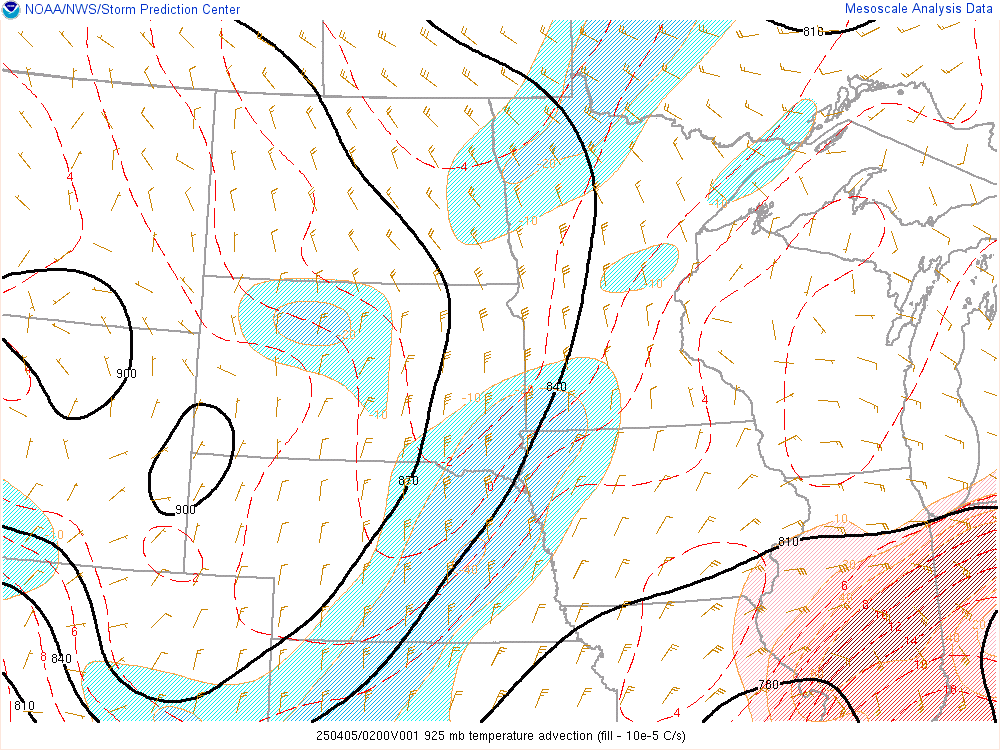 |
 |
|
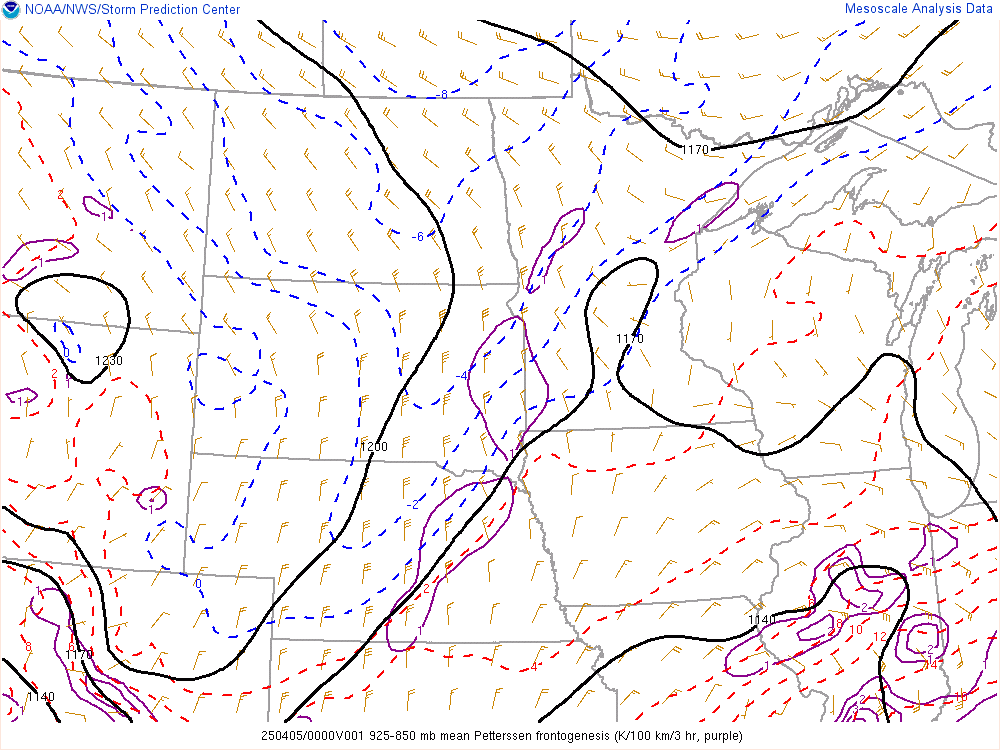 |
 |
| 850 mb Temp Advection |
850 mb Frontogenesis |
850 mb Frontogenesis
800-750 mb EPV |
850-700 mb Frontogenesis |
850 mb Moisture Transport |
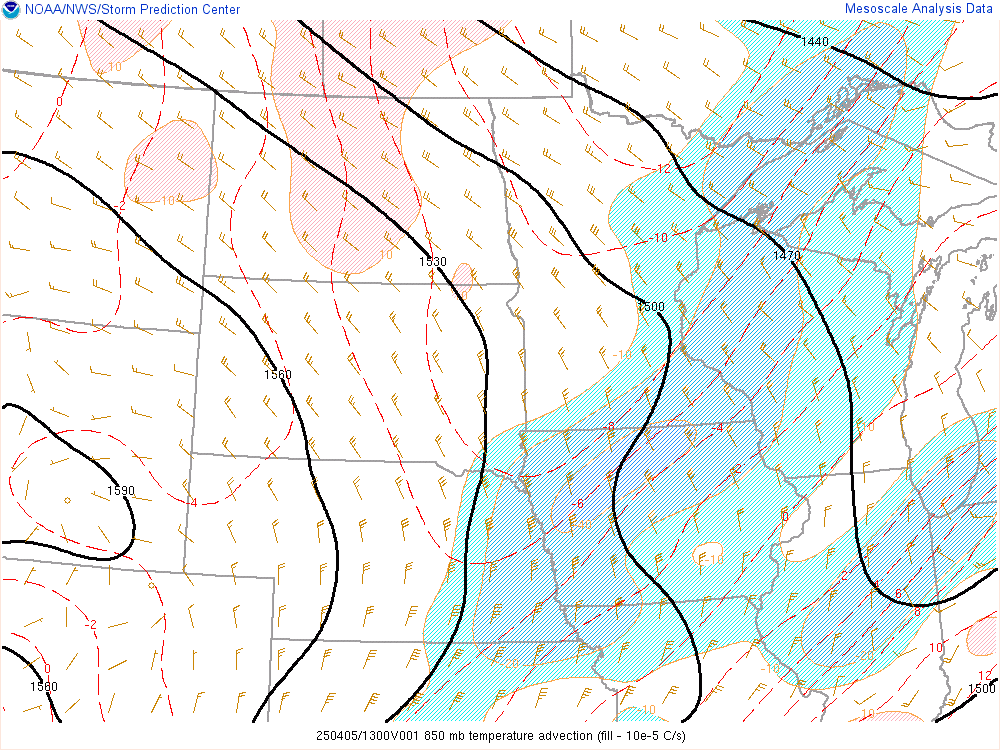 |
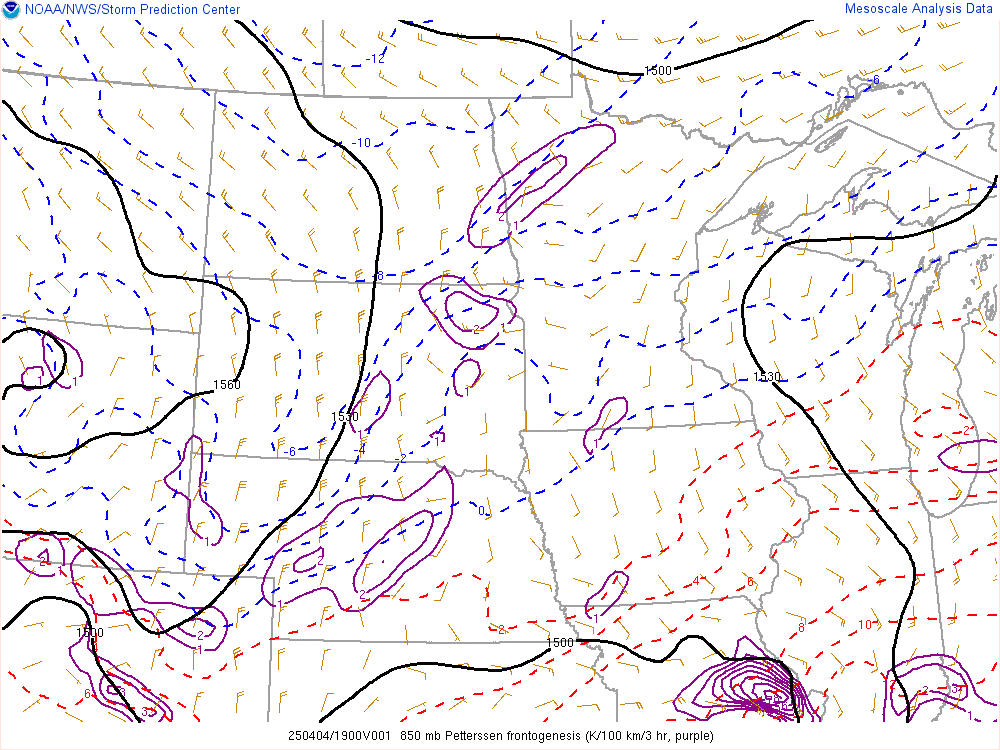 |
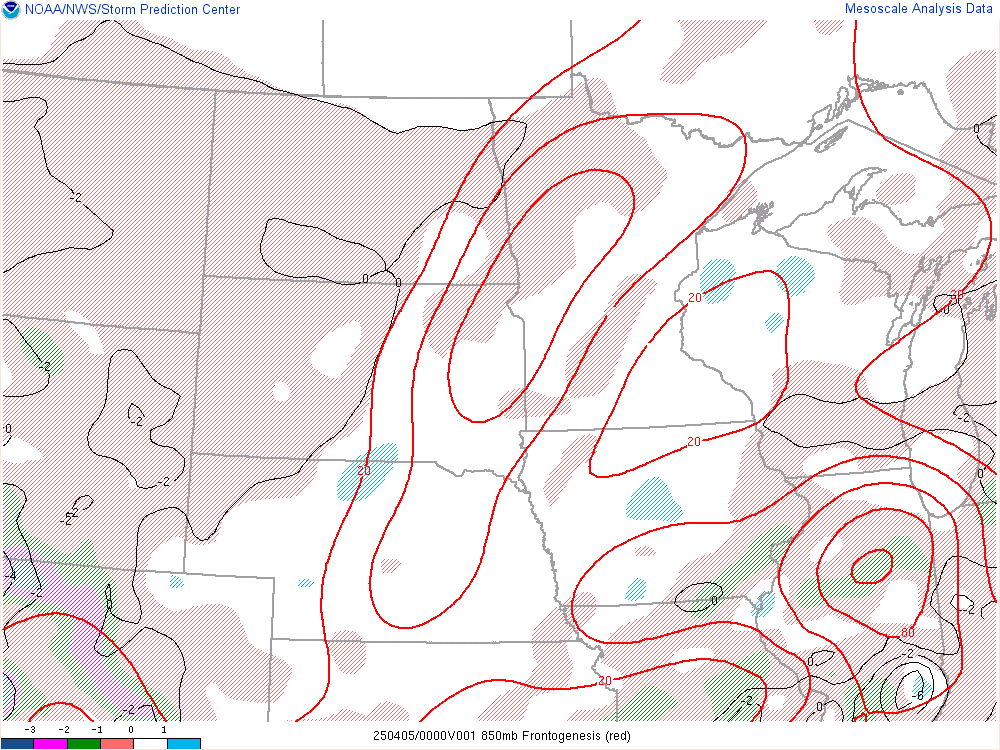 |
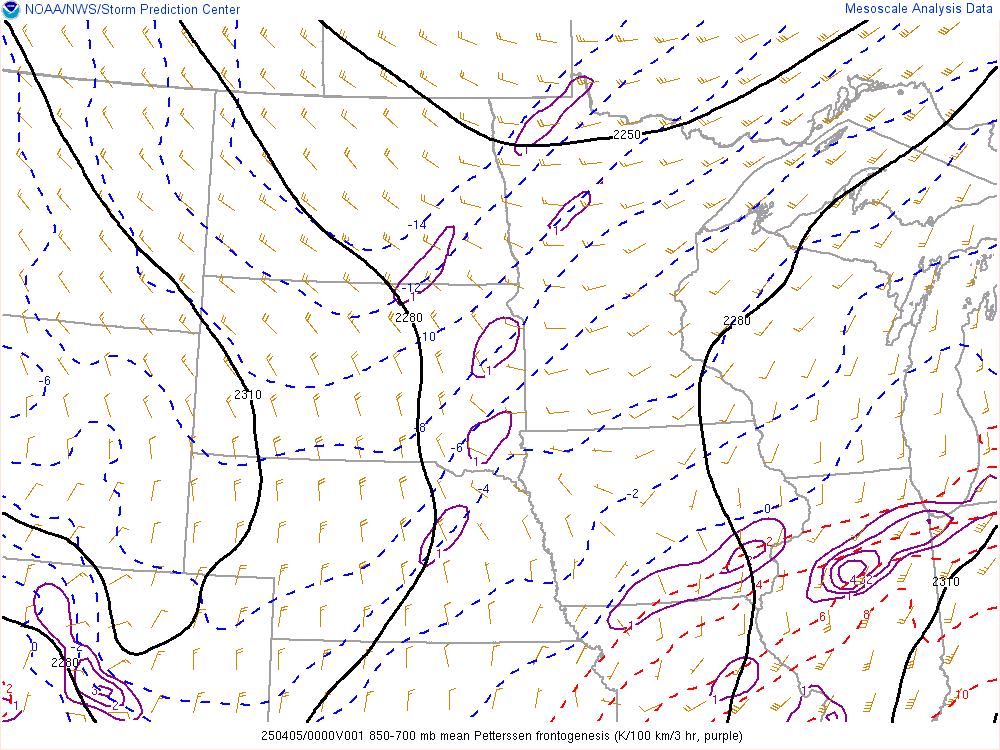 |
 |
| 700 mb Temp Advection |
700 mb Frontogenesis |
700 mb Frontogenesis
650-500 mb EPV |
700-500 mb Frontogenesis |
Mid Level Lapse Rates |
 |
 |
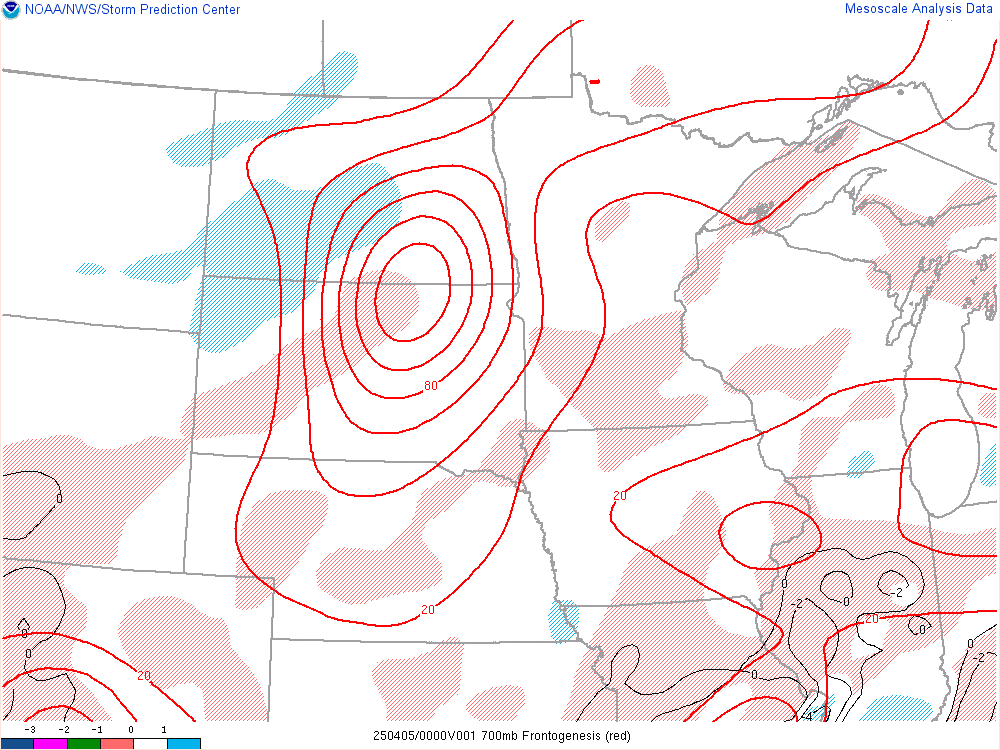 |
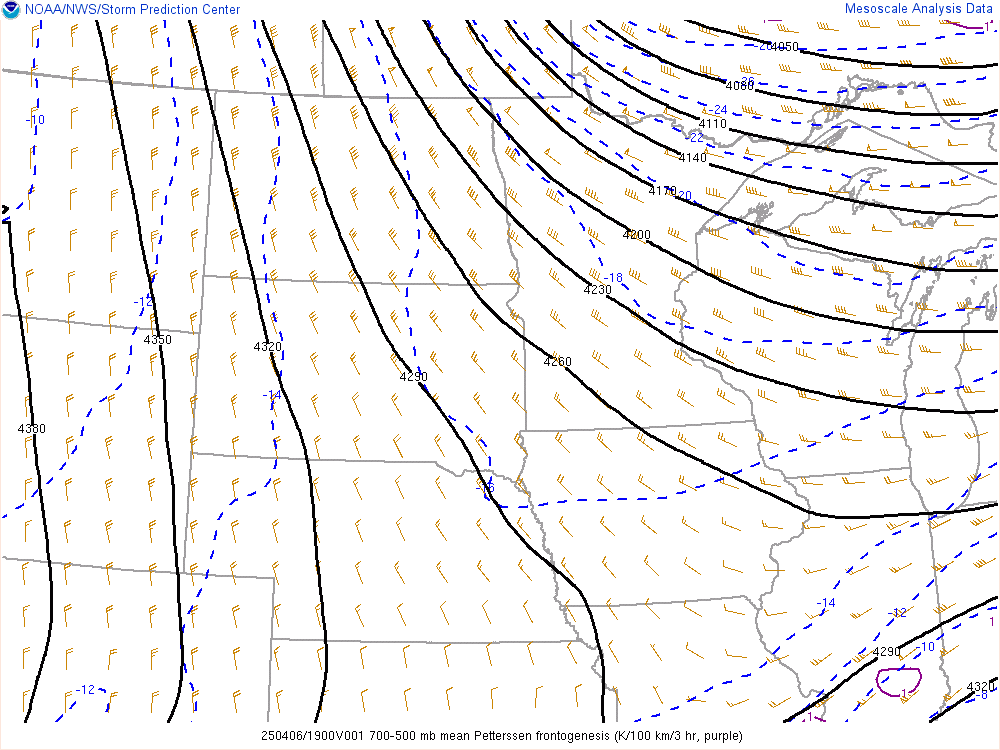 |
 |
|









